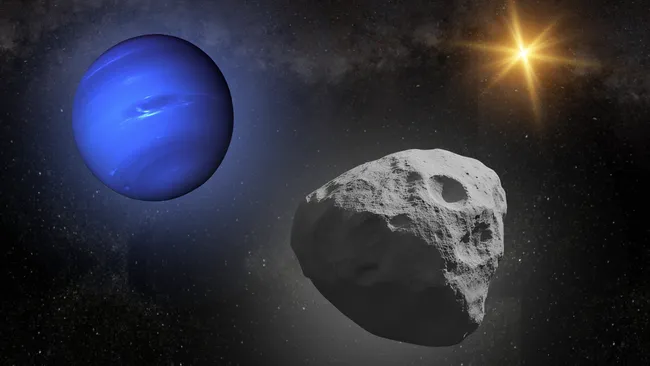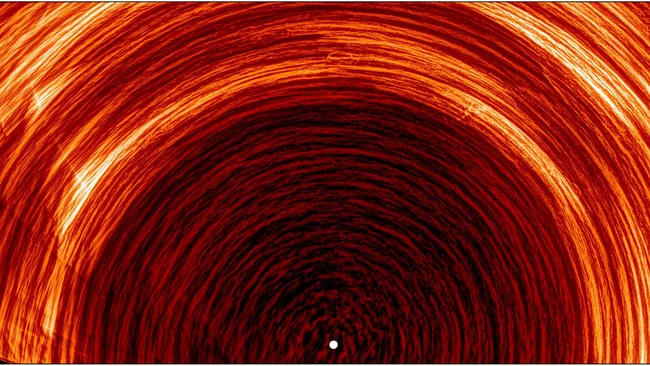A newly discovered space object at the edge of our solar system is locked in an unexpected gravitational dance with Neptune, challenging long-held assumptions about the outer solar system.
Designated 2020 VN40, the object is part of the trans-Neptunian objects (TNOs) family. What makes this rock fascinating is that it completes one orbit around the Sun for every ten orbits Neptune makes—a rhythmic resonance never seen before.
That means one year for 2020 VN40 equals approximately 1,648 Earth years.
The Harmony of a Hidden Orbit
The discovery came from the Large inclination Distant Objects (LiDO) survey, which uses powerful tools like the Canada-France-Hawaii Telescope, the Gemini Observatory, and the Walter Baade Telescope. The mission: hunt for solar system objects that lie far beyond the typical orbital paths of Earth or even Neptune.
“It’s like finding a hidden rhythm in a song we thought we knew,” said Ruth Murray-Clay, a scientist from the University of California, Santa Cruz.
The most intriguing part of 2020 VN40’s orbit isn’t just the timing—but how it breaks the rules. While most Neptune-resonant TNOs reach their closest approach to the Sun (perihelion) when Neptune is at its furthest (aphelion), 2020 VN40 defies this by being near the Sun when Neptune is too—though tilted so extremely that it’s actually far below the solar system’s plane.
This indicates a completely different orbital behavior compared to other known objects in similar resonances.
Why This Matters
According to Rosemary Pike, leader of the research from the Center for Astrophysics | Harvard & Smithsonian, this is a significant step forward in understanding how gravity sculpts the outer regions of our solar system.
“It shows that even the distant, less explored regions influenced by Neptune can contain objects in resonant orbits,” Pike said.
With the help of the Vera C. Rubin Observatory, which is now operational, astronomers hope to discover even more objects like 2020 VN40. These could provide vital clues about the early dynamics and hidden structures of our planetary neighborhood.
As Kathryn Volk of the Planetary Science Institute puts it: “This is just the beginning. We’re opening a new window into the solar system’s past.”
The full study on 2020 VN40 was published on July 7 in The Planetary Science Journal.


